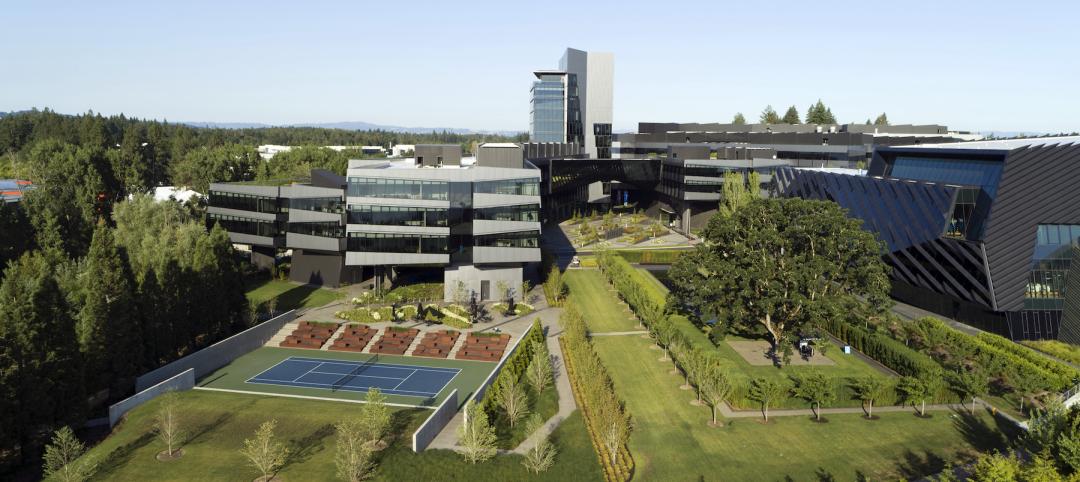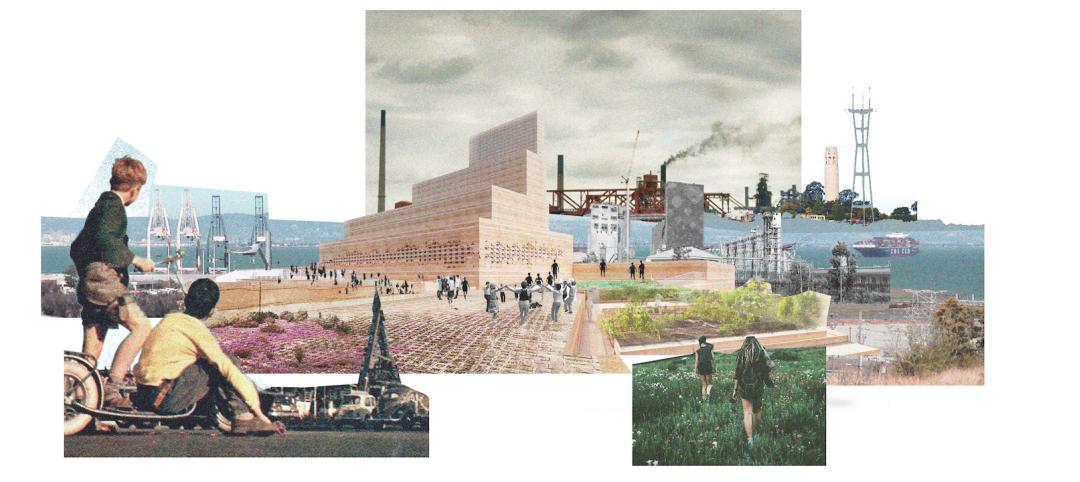With over fifty percent of the population already living in urban areas, cities must grapple with the potentially catastrophic effects of climate change (think: Superstorm Sandy in New York). In a new report, Jones Lang LaSalle (JLL) has identified steps cities can take to make their infrastructure more resilient to changing climate conditions.
“Cities can learn from each other in how to become resilient in the face of extreme weather events caused by climate change,” said Dan Probst, Chairman of Energy and Sustainability Services at JLL. “That means future-proofing every aspect of the city, including flood protection as sea levels rise, and rethinking infrastructure, electrical grids, food supplies, healthcare, telecommunications, transportation, water, waste management and more.”
The report, Global Sustainability Perspective, provides real-world examples of resiliency-building efforts in New York City and other major cities around the globe, focused on four themes: the importance of resiliency rising as population increases; flood protection; sustainable neighbourhoods; and inter-city idea exchange.
As the population increases, so must resiliency:
In most cases, the effects of the most catastrophic events can be curbed when cities increase the resiliency of their systems and infrastructure. To future-proof a city in this way, leaders can use The Rockefeller Foundation’s definition of urban resiliency as a roadmap. The foundation defines a resilient city as one with spare capacity and backups for key systems; flexibility to adapt and evolve as the climate changes; limited risk to contain the effects of an infrastructure system component failure; and rapid rebound following a disruption. By addressing these aspects of resiliency cities can mitigate the risks of natural disasters.
Flood prevention is population protection:
Discussions on future-proofing an urban environment cannot exclude the devastating effects of flooding, resulting from the many types of storms. A recent Nature Climate Change report predicts that the average worldwide cost of urban flooding will rise to US$60 billion in 2050 if cities invest in adaptation strategies—and as much as US$1 trillion if they do not.
Other ways cities are attacking flood prevention: Mumbai has deepened and widened its major rivers, built new pumping stations to discharge storm water to the sea, and installed flow gauges upriver to provide early flood warning. The Netherlands—long reliant on dikes, dams, locks and storm surge barriers—is allowing nature to reclaim some flood-prone areas, while Venice is constructing a movable tidal barrier system to close water inlets during high tides. Kuala Lumpur is investing more than US$645 million to construct a floodwater tunnel, flood retention ponds and a high-volume drainage system.
Sustainable neighborhoods are the backbone of resilient cities:
Micro-communities such as neighborhoods and districts can add huge impact – particularly in preparing for, and responding to climate change events. A new North American cities initiative, “2030 District,” is helping cities focus on geographically defined downtown areas and pursue district-wide targets for conserving energy and water and reducing vehicle emissions. The 2030 Districts are at the forefront of regional and national grassroots efforts to create strong environmental partnerships, coalitions and collaboration around ambitious, measurable goals at the local level.
Seattle, Los Angeles, Pittsburgh and Cleveland are among the participants to date, with nine other cities expected to join shortly.
Inter-city partnerships: sharing sustainability ideas drives resiliency:
Some cities are sharing knowledge to improve resiliency for all. The C40 Cities ClimateLeadership Group, for example, brings together city leaders to share best practices for sustainable action on climate change, such as car-free days and disclosure of buildings’ energy efficiency ratings. Another effort, the Better Buildings Partnership(BBP), creates partnerships between landlords, tenants, government leaders and sector partners to improve the sustainability performance of buildings. Sydney, London and Toronto are current participants, each benefiting from shared learnings about quantifiable actions toward greater resiliency and sustainability.
Related Stories
| Aug 3, 2022
Designing learning environments to support the future of equitable health care
While the shortage of rural health care practitioners was a concern before the COVID-19 pandemic, the public health crisis has highlighted the importance of health equity in the United States and the desperate need for practitioners help meet the needs of patients in vulnerable rural communities.
Reconstruction & Renovation | Aug 3, 2022
Chicago proposes three options for Soldier Field renovation including domed stadium
The City of Chicago recently announced design concepts for renovations to Soldier Field, the home of the NFL’s Chicago Bears.
Codes and Standards | Aug 2, 2022
New tools help LEED projects reach health goals
The U.S. Green Building Council now offers tools to support the LEED Integrative Process for Health Promotion (IPHP) pilot credit.
Market Data | Aug 2, 2022
Nonresidential construction spending falls 0.5% in June, says ABC
National nonresidential construction spending was down by 0.5% in June, according to an Associated Builders and Contractors analysis of data published today by the U.S. Census Bureau.
K-12 Schools | Aug 1, 2022
Achieving a net-zero K-12 facility is a team effort
Designing a net-zero energy building is always a challenge, but renovating an existing school and applying for grants to make the project happen is another challenge entirely.
Codes and Standards | Jul 29, 2022
Few projects and properties are being built beyond code
Clients and architects disagree on how well building to code provides resilience, according to a recent report by the American Institute of Architects (AIA) in partnership with Owens Corning.
Headquarters | Jul 29, 2022
Nike HQ’s newest, largest structure: the Serena Williams Building
In Beaverton, Ore., the new Serena Williams Building, at just over 1 million square feet, is the largest structure at Nike World Headquarters.
| Jul 28, 2022
Fanning Howey hires Dennis Bane, AIA, as Project Executive
Fanning Howey, an architecture, interiors and engineering firm specializing in learning environments, has hired Dennis Bane, AIA, ALEP, to serve as a Project Executive for the firm’s Indianapolis office.
Multifamily Housing | Jul 28, 2022
GM working to make EV charging accessible to multifamily residents
General Motors, envisioning a future where electric vehicles will be commonplace, is working to boost charging infrastructure for those who live in multifamily residences.
Urban Planning | Jul 28, 2022
A former military base becomes a substation with public amenities
On the site of a former military base in the Hunters Point neighborhood of San Francisco, a new three-story substation will house critical electrical infrastructure to replace an existing substation across the street.

















